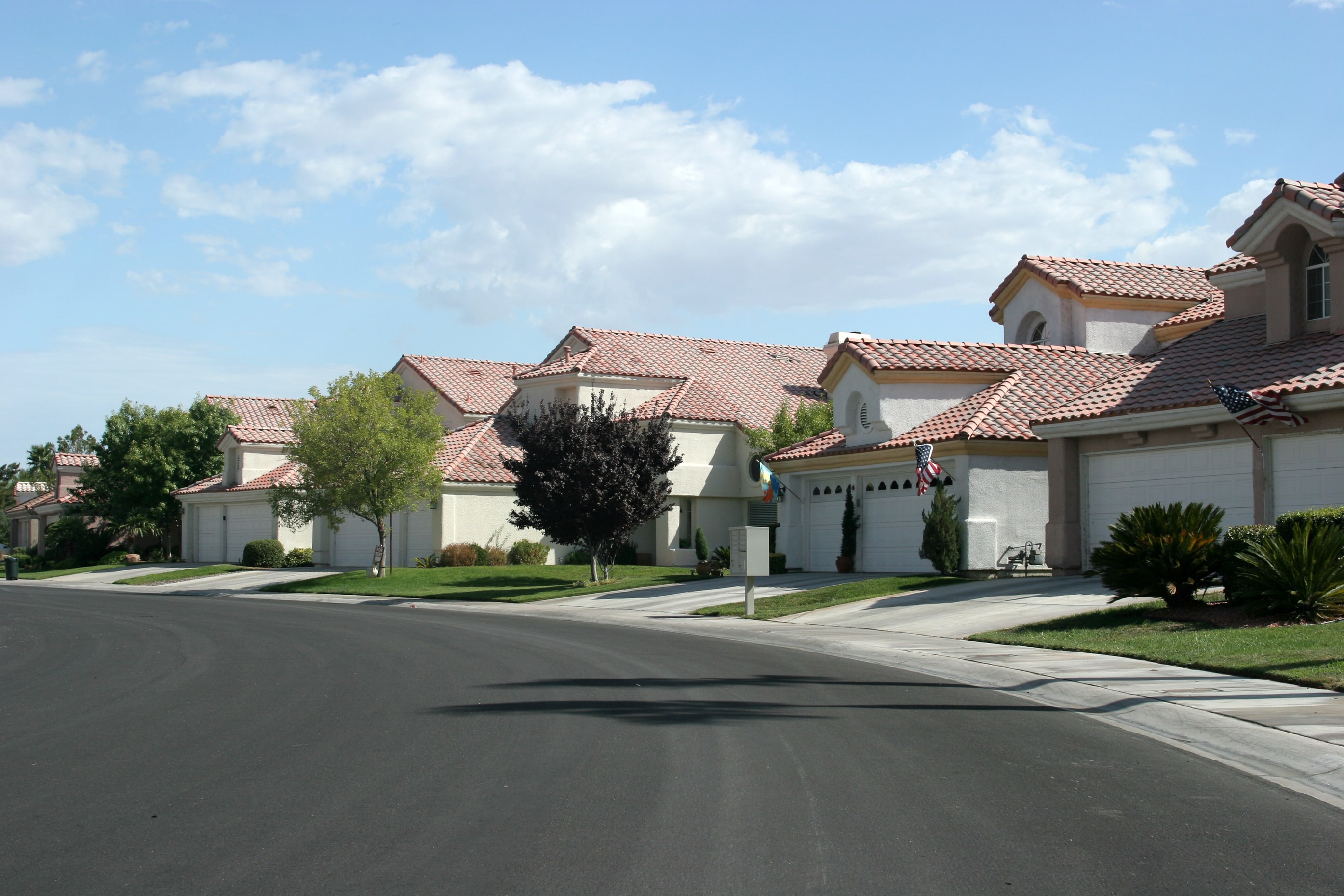Common Questions About Security Deposits in San Diego County
Key Takeaways
- California limits most deposits to two months’ rent for unfurnished units and three months for furnished units.
- Landlords must return deposits within 21 days after tenants move out.
- Deductions are allowed only for unpaid rent, excessive damage, or cleaning beyond normal wear.
- Receipts are required for deductions over $125.
- Tenants can request a pre-move-out inspection to fix issues before leaving.
- Landlords who mishandle deposits may owe double the amount as a penalty.
- Detailed move-in and move-out records prevent most disputes.
- Written documentation protects both landlords and tenants.
Table of Contents
- Why This Topic Matters
- Security Deposit Laws and Current Trends
- Neighborhood and Market Examples
- Implications for Renters, Owners, and Investors
- Risks and Challenges
- Final Thoughts
- FAQ
Why This Topic Matters
Security deposits create more disputes than almost any other rental issue. San Diego landlords must follow California’s laws carefully to avoid penalties and protect relationships with tenants. Mistakes usually happen because of missing documentation or unclear understanding of what counts as normal wear and tear.
Proper deposit handling affects your bottom line and reputation. Tenants rely on transparency and prompt communication. Understanding the law keeps transactions smooth and compliant.
Security Deposit Laws and Current Trends
California Civil Code Section 1950.5 outlines how landlords must collect, store, and return deposits. San Diego Property Management companies and landlords must comply with state law while navigating local enforcement rules and a tenant base that is increasingly aware of their rights.
Recent surveys show that about 40% of all tenant-landlord disputes in Southern California involve deposits. San Diego’s high rental demand and frequent tenant turnover make this issue even more critical. Courts often rule in favor of tenants if landlords miss deadlines or fail to provide itemized receipts.
Average San Diego rents rose 4% in 2025 while vacancy rates held around 3.8%. Realty Management Group maintain a vacancy rate of LESS THAN 1%. As more landlords manage multiple turnovers per year, correct documentation has become essential for every property.
Neighborhood and Market Examples
Deposit practices vary across San Diego County. In Mission Valley and Carmel Valley, upscale rentals often require deposits of $5,000 to $6,000 (two months’ rent). In La Mesa, Chula Vista, and El Cajon, typical deposits average around $3,000. More affordable areas like Chula Vista and National City sometimes require smaller deposits to fill vacancies faster, but this increases risk for property owners.
Coastal areas like Pacific Beach and Point Loma handle frequent short-term rentals. Managers there rely on photos and standardized inspection checklists to avoid false claims or deduction disputes.
Implications for Renters, Owners, and Investors
Renters
- Request a written receipt showing the deposit amount and purpose.
- Ask for a pre-move-out walkthrough about two weeks before leaving.
- Keep all communication in writing and take photos at move-in and move-out.
These steps help protect your rights and ensure a faster refund process.
Owners
- Keep deposit funds in a separate trust account.
- Provide receipts and itemized explanations for deductions.
- Track deadlines carefully to meet the 21-day return rule.
Prompt refunds and organized documentation protect you from lawsuits and improve tenant retention.
Investors
If you own multiple properties, consistency is critical. Each property must have its own record trail. Hiring professional management ensures inspections and deposit processing meet compliance standards and deadlines.
Risks and Challenges
- Late Return Penalties: Missing the 21-day return window can trigger double-deposit penalties.
- Improper Deductions: Normal wear, such as small nail holes or faded paint, cannot be charged to tenants.
- Incomplete Documentation: Lack of written inspection reports weakens your position in disputes.
- High Turnover Pressure: Quick turnovers can lead to skipped inspections and missing receipts.
- Ongoing Regulation Changes: California updates rental laws frequently; always review your forms annually.
Final Thoughts
Security deposits in San Diego County require accuracy, organization, and transparency. Clear documentation and open communication eliminate nearly all disputes. Working with an experienced management team helps landlords comply with California law and keep tenants satisfied.
For property owners, proper deposit handling is a business safeguard. For tenants, it ensures a fair and timely return. Both sides benefit from a consistent, documented process.
Contact Realty Management GroupContact Realty Management Group
Have questions about California security deposit laws or property management in San Diego County? Our team can help ensure your compliance and protect your investment.
Phone: (619) 456-0000
Email: info@choosermg.com
Website: www.choosermg.com
Related Articles
FAQ: Security Deposits in San Diego County
- Q1: How much can a landlord charge for a deposit?
- Up to two months’ rent for unfurnished units and three months for furnished ones.
- Q2: When must deposits be returned?
- Within 21 days after the tenant moves out.
- Q3: What deductions are allowed?
- Unpaid rent, repair costs for damage beyond normal wear, and cleaning fees to restore the property.
- Q4: Are receipts required for deductions?
- Yes. Any deduction over $125 must include copies of receipts or invoices.
- Q5: Can tenants request a pre-move-out inspection?
- Yes. Tenants may request this inspection to fix potential issues before move-out.
- Q6: What happens if a landlord fails to comply?
- Tenants may recover up to twice the deposit amount as a penalty, in addition to the full deposit.
- Q7: Do pet deposits count toward the limit?
- Yes. Pet deposits are included in the total maximum deposit amount allowed by law.
- Q8: What if the property is sold?
- The new owner assumes responsibility for the tenant’s deposit unless it’s transferred with written notice.
- Q9: Should landlords always charge the maximum?
- No. Competitive pricing can help attract better tenants and reduce vacancy risks.




